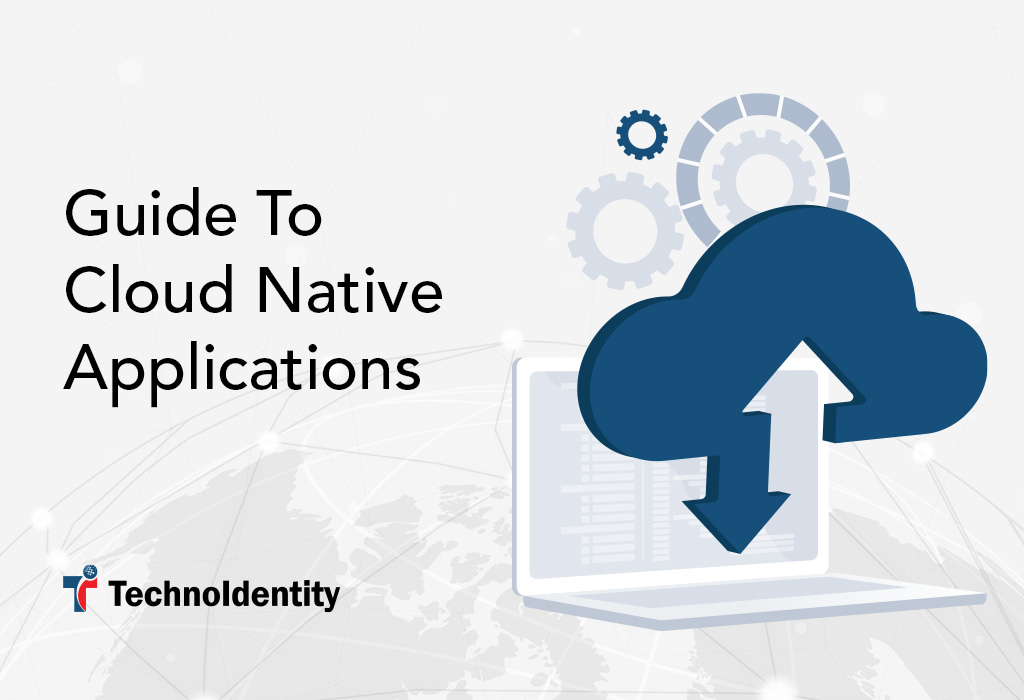
- Why Cloud Native Applications?
- Microservices Unleashed
- Becoming a Real-time Enterprise
Guide To Cloud Native Applications
Why Cloud Native Applications?
Modern-day businesses are facing tremendous pressure to drive faster application and feature releases while handling large-scale infrastructure and deployment more efficiently. In such a scenario, cloud native technology is essential for developer productivity and speed, as well as more automated infrastructure.
Business Impact of Cloud Native Applications
Cloud native is essential for digital transformation, quicker software development and survive today’s competitive scenario. It provides the right automation and abstraction to help developers focus on newer applications, features and innovation instead of managing their environments.
However, cloud native comes with its challenges: security, compliance concerns, cost and complexity. Many of these have to do with cloud native infrastructure, but by focusing on cloud native applications, organizations can leverage benefits such as speed and innovation.
Digital transformation not only depends on the effective use of cloud native software but also demands the agility and flexibility to make use of application components like on-premise investments, public clouds, SaaS and open-source software. Measurement of digital transformation involves technical metrics like deployment time and uptime and business metrics like user experience and customer satisfaction.
Looking Ahead
Cloud native applications are no longer limited to web and stateless application, and increasingly include more stateful, data-rich applications. We see additional support for features like persistent data volumes. As this trend is expected to continue, we may soon witness cloud native encompass more applications across enterprise portfolios.
While organizations are benefitting technically from the enhanced speed and productivity by using cloud native infrastructure, they are also gaining business benefits. The ‘total cost of ownership’ perspective is being replaced by a more customer-experience approach, whereby organizations are more dedicated to improving time to market, performance and stability, which are ultimately the true measures of digital transformation.
Microservices Unleashed
What is a Reactive Microservice?
A Reactive microservice provides the essential building blocks for parallel processing, clustering and streaming in the microservices system. These features can be harnessed for new development, modifying or refactoring your existing systems, and creating integration points with legacy systems. Powered by this induced efficiency, you can reduce your infrastructure expenses while accelerating time to value.
How can Reactive Microservices help your business?
Built on uniform principles that allow your cloud native architecture to be genuinely performant, Reactive microservices have much in store to contribute directly to the success of your business.
For Executives:
- Reduce business risks
- Improved time to value
- Reduced infrastructure costs
For Development Teams:
- Happier and more satisfied developers
- Preserve focus on writing core business logic
- Build software and add features more efficiently
How can Reactive Microservices reduce costs?
Some ways in which Reactive microservices can reduce the incurred costs are:
- More efficient use of computer power, storage, and networking.
- A humongous number of transactions can be run at a fraction of the initial costs.
- Saves time and money that would’ve been wasted on writing boilerplate code and building frameworks.
- Encourage reusability and removes business function redundancy.
- Enhances the developer productivity and release frequency massively
Benefits of Reactive Microservice
Using Reactive microservices, your company can gain crucial business benefits in environments that require software capabilities to be delivered quickly and churn out applications at scale:
- Global consistency at scale By harnessing the power of stateful, data-driven services, Reactive microservices guarantees your company global consistency while eliminating hardware costs.
- Intelligent self-healing By taking advantage of Reactive design principles, Reactive microservices trigger self-healing protocols that automatically protect your business systems.
- Highly performant and responsive Reactive microservices boost performance and responsiveness with less infrastructure and are independent of the deployment environment.
Becoming a Real-time Enterprise
Foundations of a Real-Time Enterprise
- Cloud-style Infrastructure The cloud-style infrastructure allows you to develop a flexible, dynamic, resilient and responsive infrastructure, enabling optimal resource utilization. It also allows you to save on infrastructure costs, management costs, operational costs and data protection. To take optimum advantage of cloud-style infrastructure, you need applications to be built using a true cloud native application architecture.
- Reactive Microservices Th trend of using a microservices-based architecture for system design has amassed quite some hype, and for good business reasons. Microservices-based applications are able to effectively use cloud economics by having small, discrete components that can be developed and deployed independently.
- Big Data at Speed Forrester claims that “The next frontier of competitive advantage is the speed with which you can extract value from data”. Modern-day entrepreneurs are witnessing actual results from their investment in big data by making smarter, data-driven decisions. The key is being able to acquire the big data and process it at higher speeds.
Business Benefits
Until now, we’ve discussed supporting digital transformation in relatively abstract terms. Mentioned below are some of the most popular business cases divided into four categories:
- Deepen Customer engagement By feeding on customers data via billions of sensors in near real-time, HPE is able to monitor infrastructure, predict imminent problems and recommend ways to augment performance.
- Accelerate time to value By redesigning the back end of one of their major solutions using Reactive microservices, a key player in financial management solutions transitioned to being more customer-centric and deployed the entire new model within six months.
- Reduce risk By redesigning their business model, Capitol One was able to apply 12 ML models concurrently bringing the duration of loan approval time from 55 hours to under one second. This helped in enhancing their customer experience while dramatically reducing the risk associated with the loan portfolio.
- Decrease computation costs PayPal has re-architected one of their prime systems according to the Reactive principles. Consequently, the legacy system that required 1,200 virtual machines to process a billion events per day now only needed 8 virtual machines.


